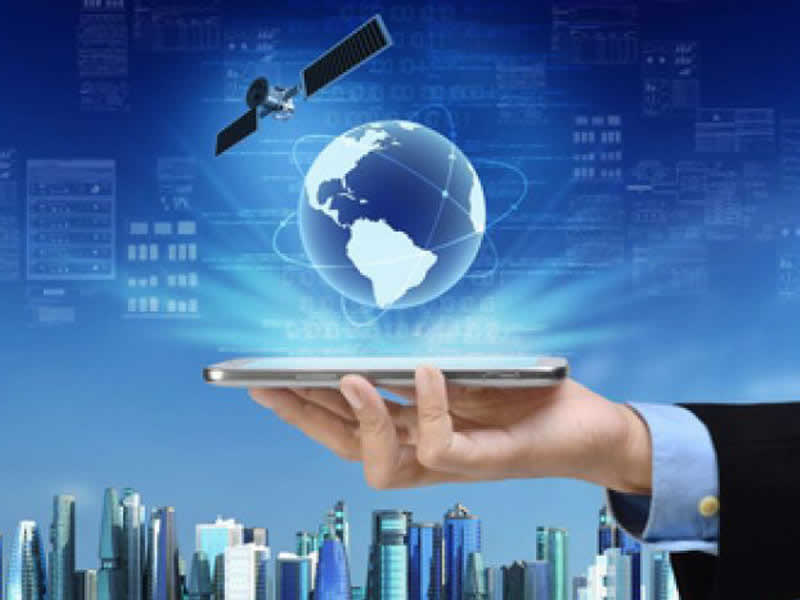 ">
">
Web Design Principles
يشهد عصرنا الحالي تطور معرفي وعلمي هائل، وتقدم تقني بوتيرة متسارعة، وفي تزايد مستمر في كمية البيانات والمعلومات التي نتعامل معها في شتى مجالات الحياة، كذلك لم يعد ممكناً ترك العملية التعليمية بمراحلها المختلفة دون أن تتناول التكنولوجيا الحديثة لمسايرة التطورات السريعة في هذا العصر ، لذا أصبح التطوير والتحديث من خلال التخطيط الجيد من أهم الأهداف التي يسعى خبراء التعليم لتحقيقها لتلبية احتياجات المجتمع. وهكذا تحولت المجتمعات المتقدمة إلى ما يمكن أن نطلق عليه (المجتمعات المعلوماتية(، وهي مرحلة تعتبر امتداداً للمرحلة الصناعية، يعتمد فيها اقتصاد الدول بصورة أساسية على الصناعات المعلوماتية. Continue reading →
 ">
">
 ">
">
 ">
">
 ">
">

 ">
">
 ">
">